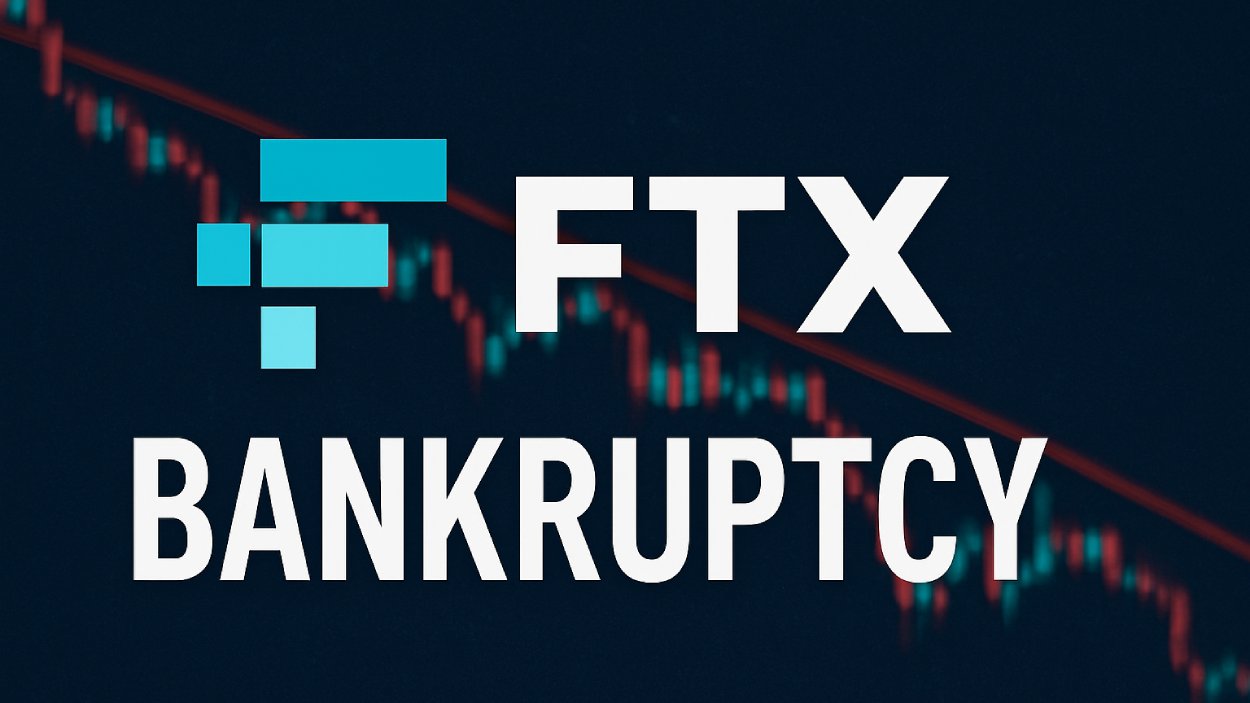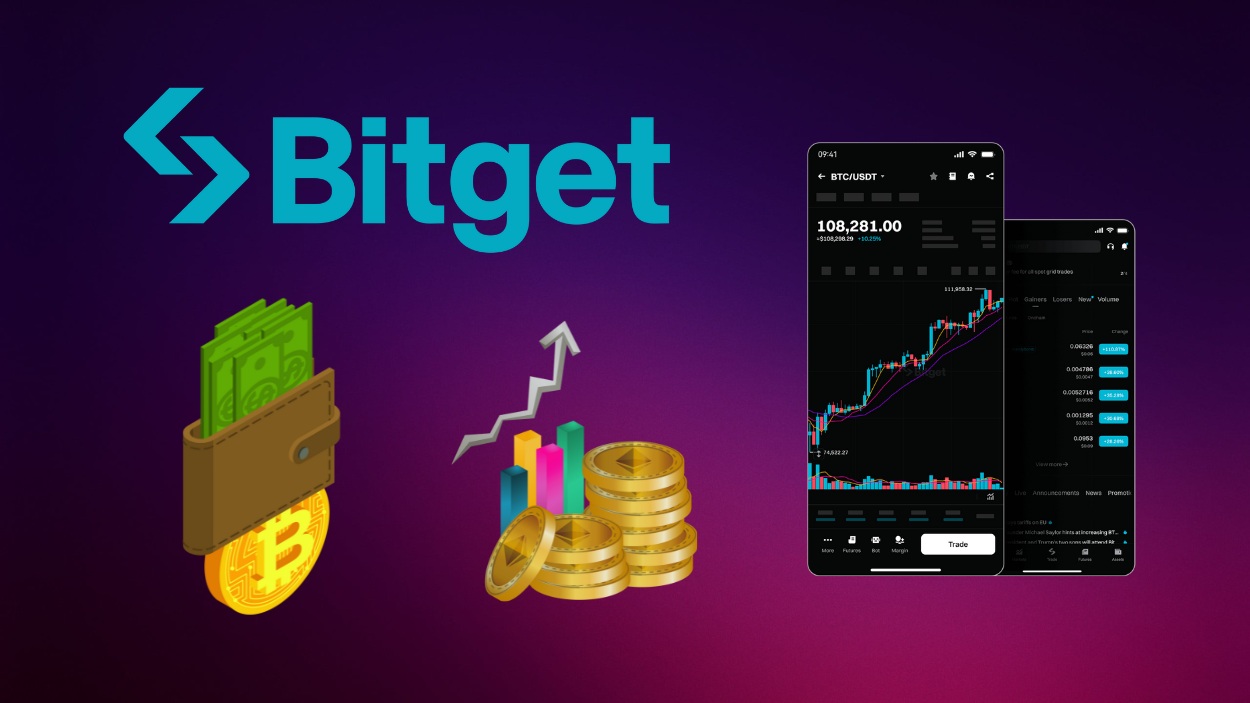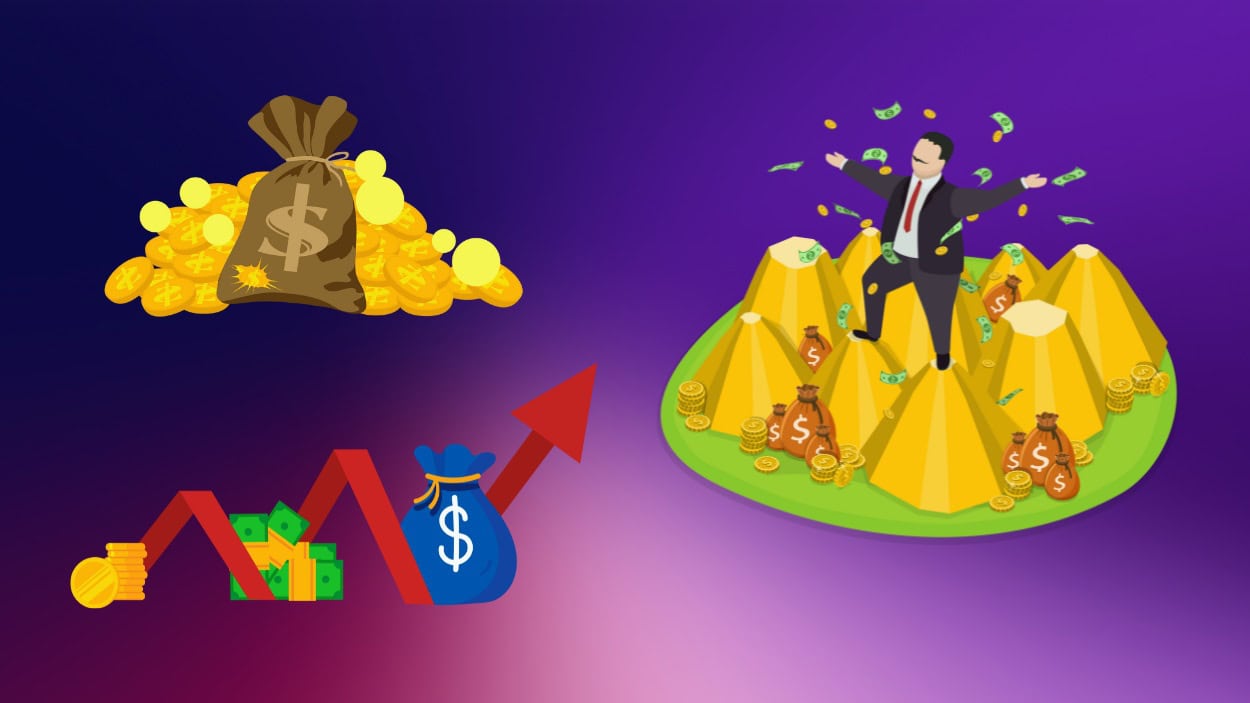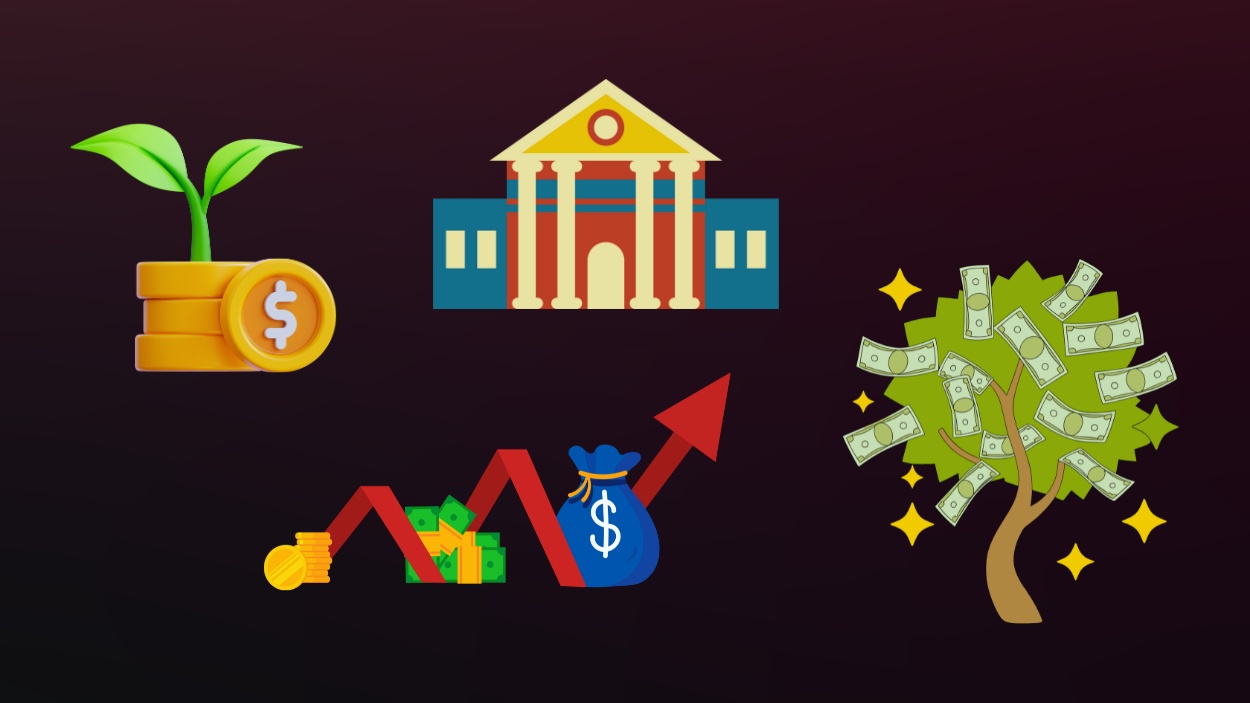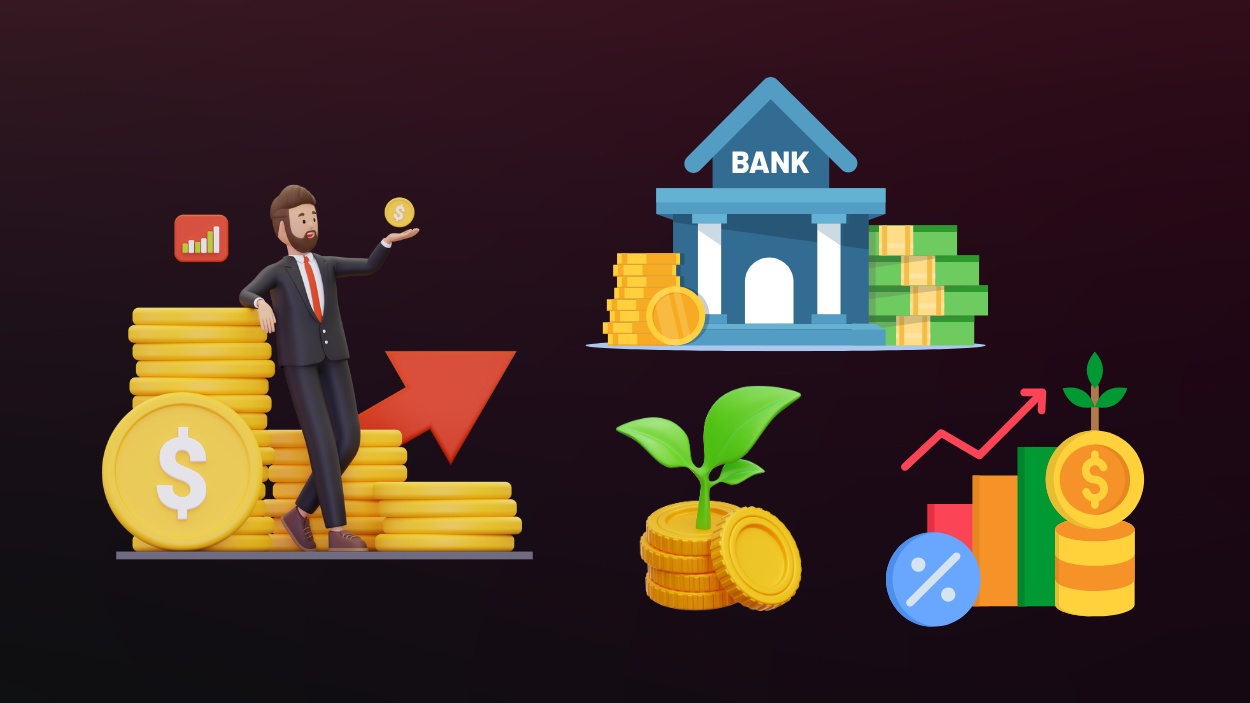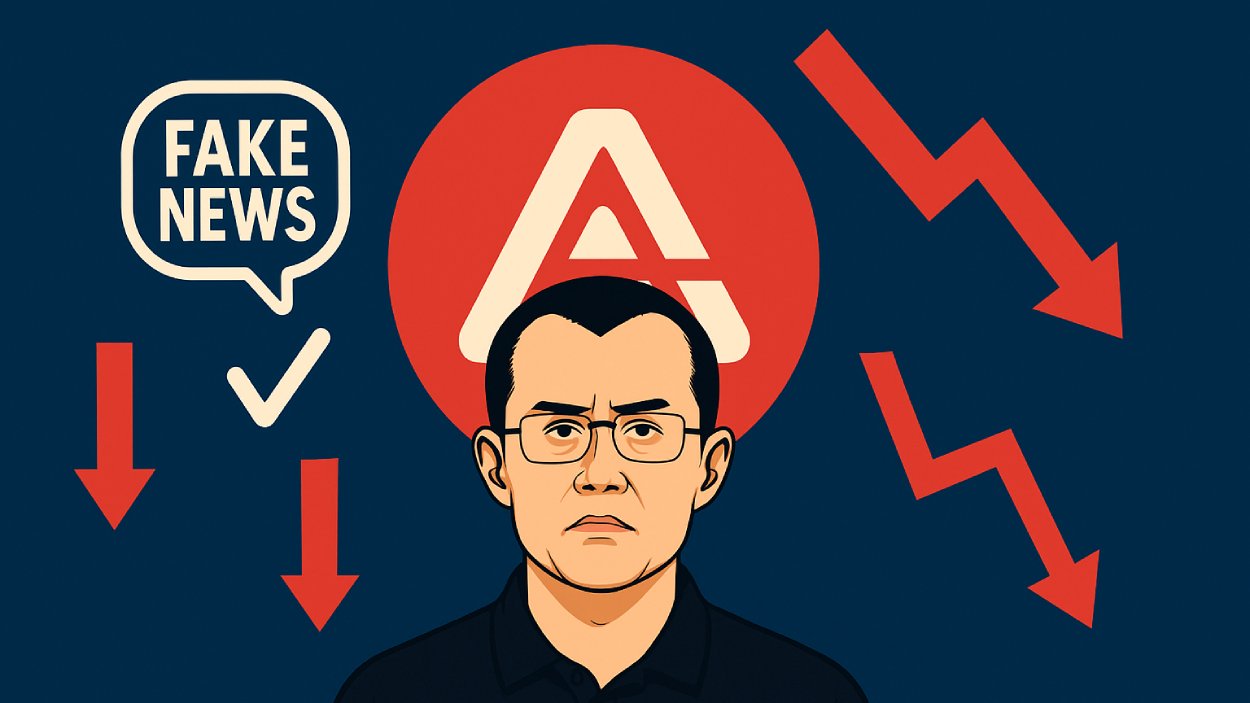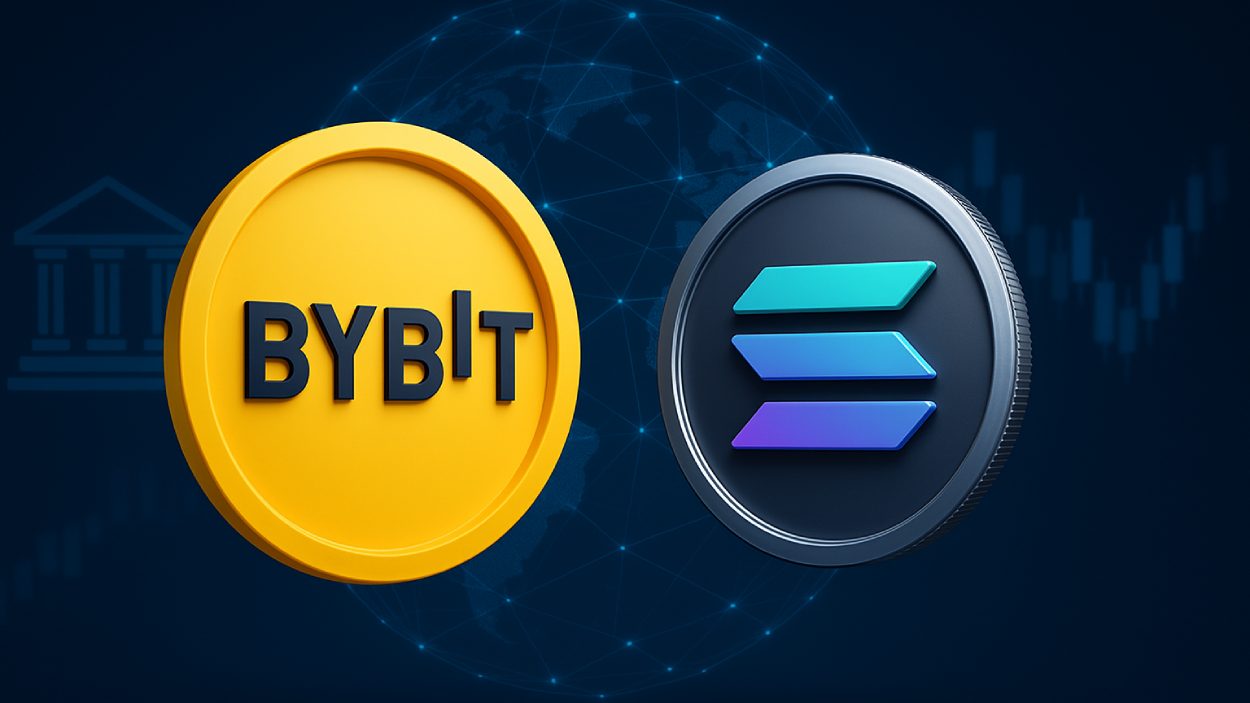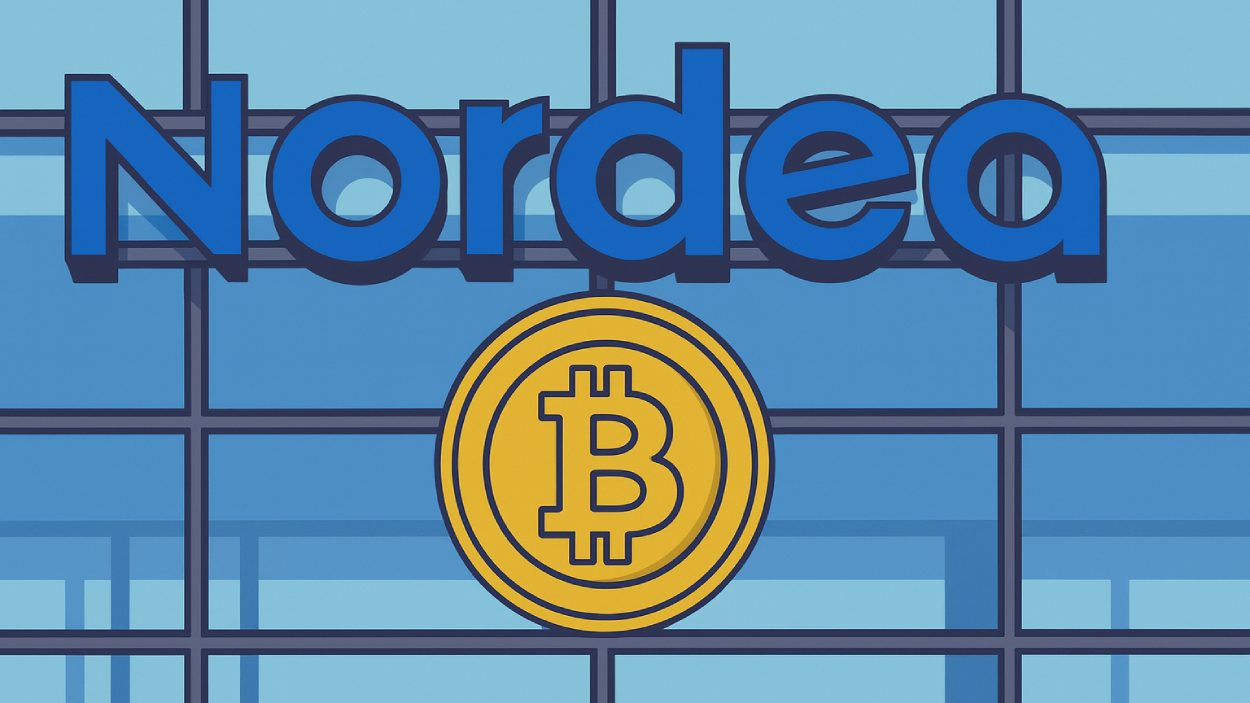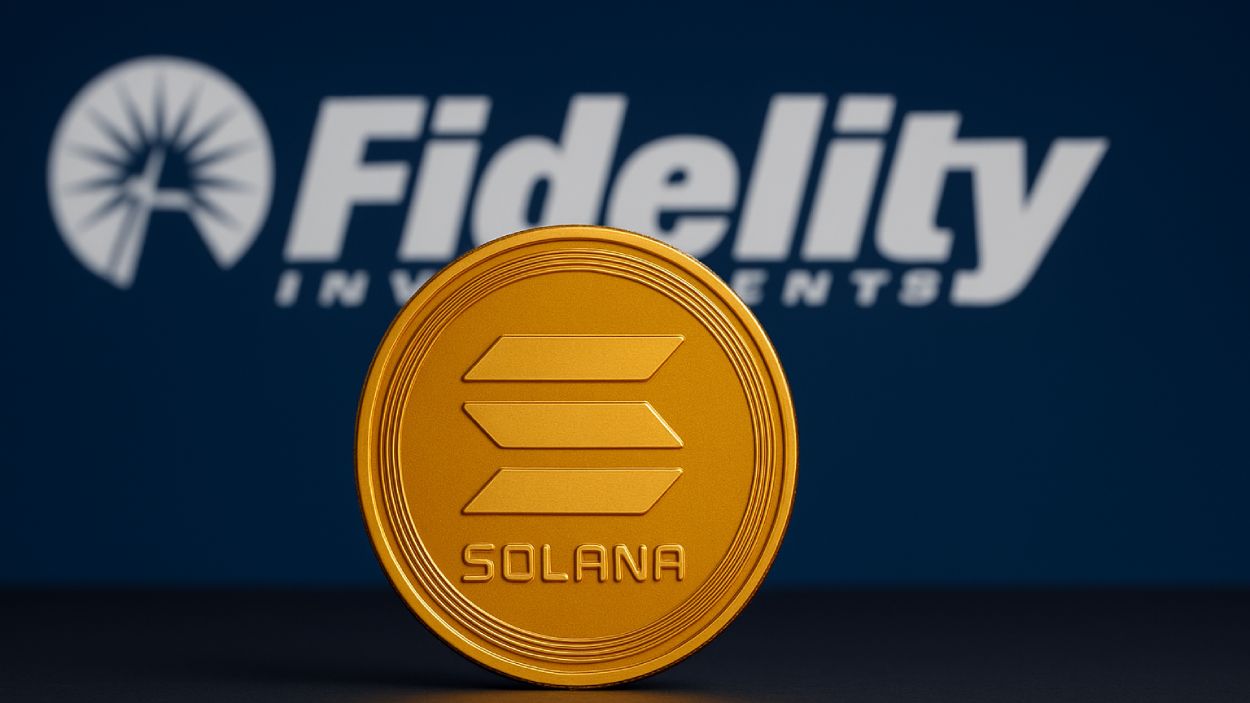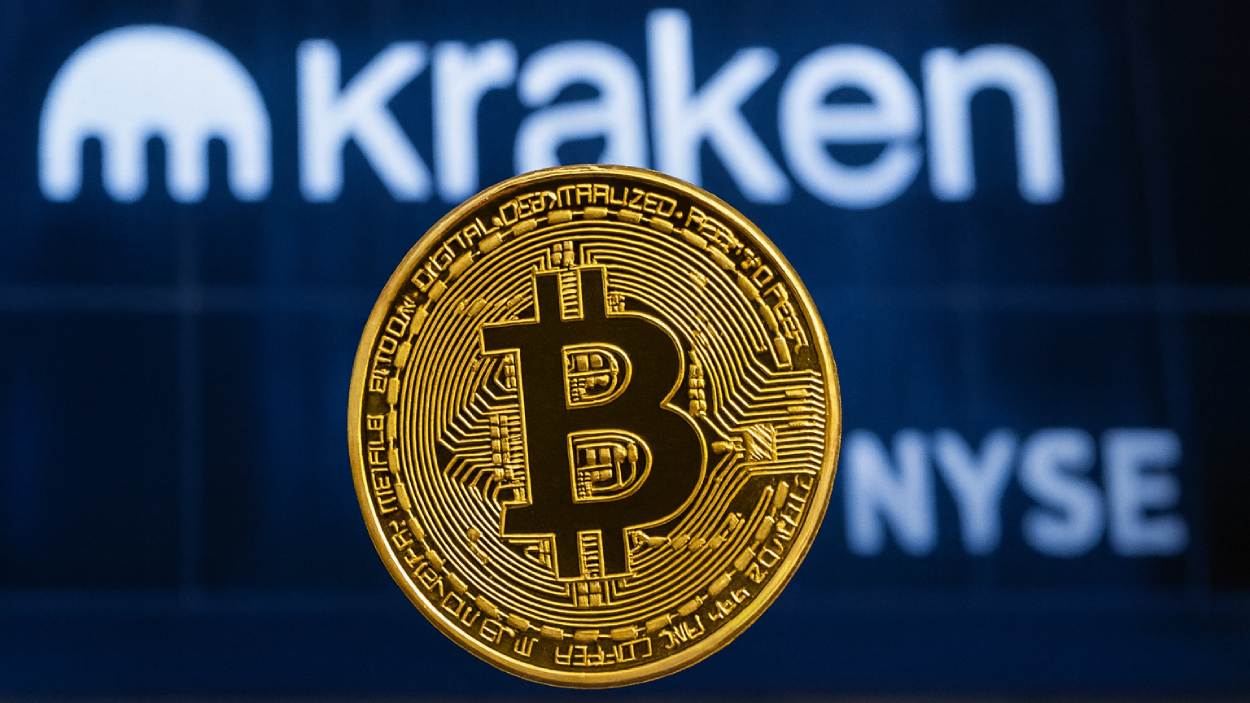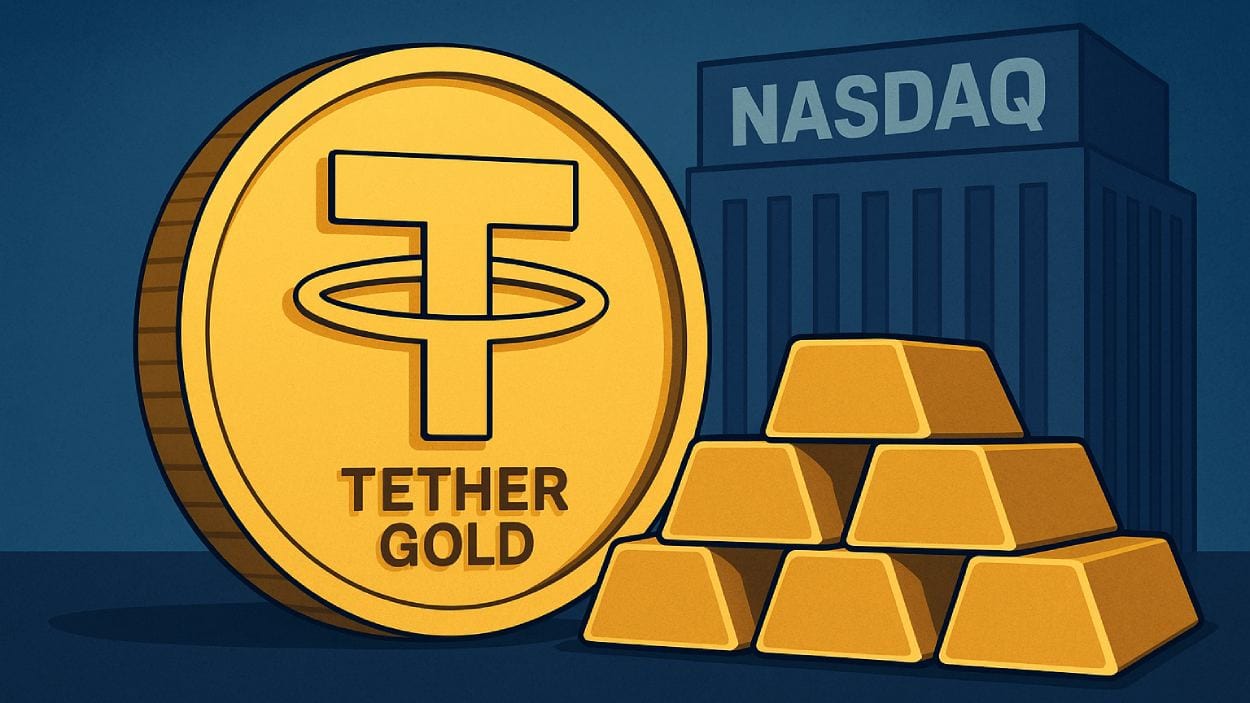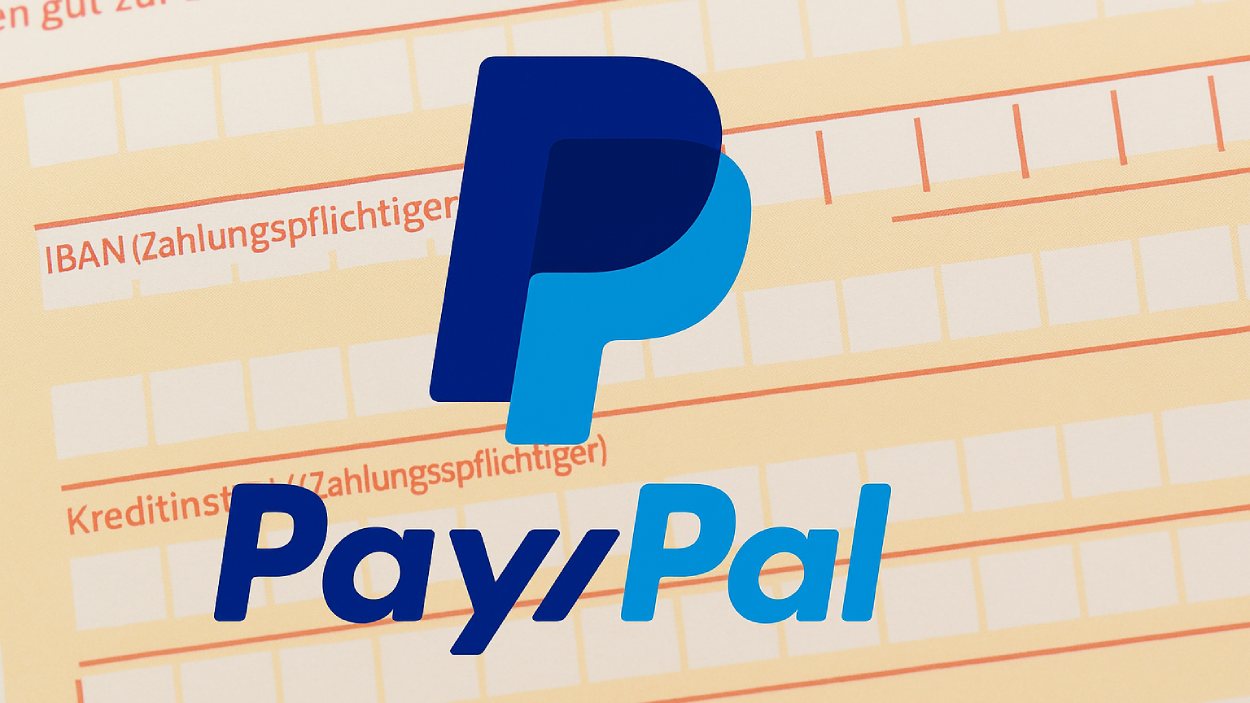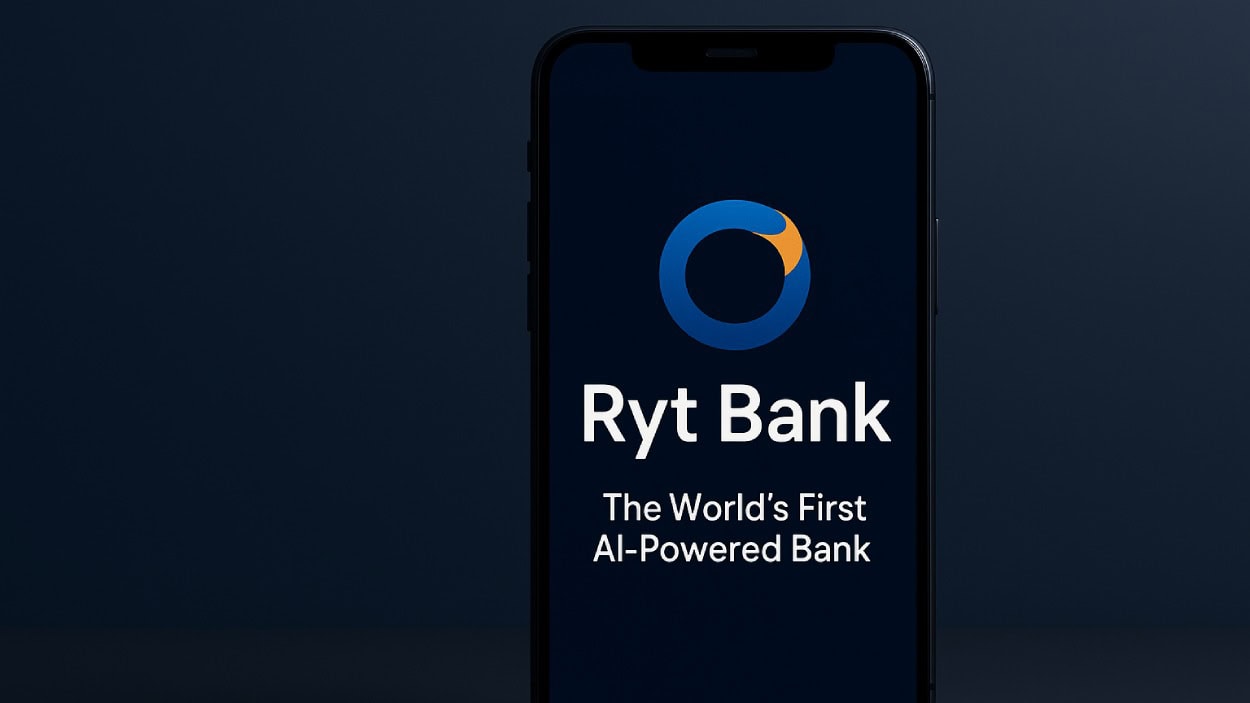Sam Bankman-Fried’s latest statement from prison has reignited controversy in the crypto world, claiming that FTX was never actually bankrupt when it collapsed in 2022.
Key Takeaways
- SBF’s team shared a 14-page document asserting that FTX had $136 billion in holdings and was solvent at the time of its bankruptcy filing.
- They blame FTX’s legal counsel for forcing bankruptcy proceedings, which they claim derailed a recovery plan and damaged the exchange’s structure.
- Crypto experts and former FTX users pushed back, accusing SBF of misinformation and ignoring the real losses suffered during the collapse.
- SBF’s family is reportedly exploring a presidential pardon, further stoking debate over his role and legacy in crypto history.
What Happened?
On October 31, a 14-page document was shared via Sam Bankman-Fried’s long-dormant X account. The post insisted that FTX was never insolvent and could have recovered if external lawyers had not intervened. It claimed FTX held billions in assets and only faced a liquidity crunch due to sudden withdrawals in November 2022. The release has sparked heavy criticism from across the crypto industry, with many accusing SBF of trying to manipulate public opinion from behind bars.
[SBF says:]
— SBF (@SBF_FTX) October 31, 2025
This is where the money went. https://t.co/HVRwEw5Z1k https://t.co/5DrA13L5YE pic.twitter.com/O6q77DvmTn
SBF’s Solvency Claims Challenge Bankruptcy Narrative
The document outlined a dramatically different story from the one presented in court. According to SBF’s team, FTX had $136 billion in petition-date holdings, including:
- $14.3 billion in Anthropic equity
- $7.6 billion in Robinhood (HOOD) stock
- $1.2 billion in Genesis Digital Assets
- $600 million in SpaceX via K5 Global
- 58 million SOL tokens ($12.4 billion)
- 205,000 BTC ($2.3 billion)
- 890 million SUI tokens ($2.9 billion)
- 112,600 ETH ($500 million)
- $1.7 billion in cash and $345.2 million in stablecoins
The document also stated that $8 billion in customer liabilities and $1 billion in legal fees have already been covered, with the estate still retaining another $8 billion. Roughly 98% of creditors have received 120% repayment, and the remaining are expected to get between 119% and 143%.
SBF argued that the situation was manageable until FTX’s external legal counsel seized control, derailing what he described as a near-complete liquidity resolution. He claimed customer deposits of $20 billion from 7 million users were intact and that the situation could have been resolved by the end of that month.
Crypto Industry Responds with Sharp Criticism
The broader crypto community was quick to reject the latest statements. On-chain investigator ZachXBT called it a misleading narrative, noting that FTX customers were reimbursed based on November 2022 crypto prices, which were significantly lower than today. He added that the rise in asset values was merely coincidental, not proof of solvency.
Venture capitalist Adam Cochran also expressed outrage, tweeting, “Shut the [expletive] up, Sam. You stole.” Critics argue that SBF’s team is using inflated current valuations to obscure the fact that FTX could not cover user withdrawals when it mattered most.
Shut the fuck up Sam.
— Adam Cochran (adamscochran.eth) (@adamscochran) October 31, 2025
You stole. https://t.co/IMbOpTzTn2
Legal experts and former creditors emphasized that these claims were already examined and dismissed during the 2023 trial, where a Manhattan jury found SBF guilty and sentenced him to 25 years in prison.
Political Overtones and Speculation of a Pardon
SBF’s reemergence online has fueled speculation about his intentions. In previous posts on platforms like GETTR, he claimed his arrest was politically motivated, tied to donations made to Republican politicians and planned testimony about upcoming crypto regulations.
His family, particularly Stanford professors Joseph Bankman and Barbara Fried, is reportedly exploring the possibility of a presidential pardon. This follows former President Donald Trump’s recent pardon of Binance founder CZ, who had also faced legal scrutiny and had once played a part in triggering FTX’s collapse.
CoinLaw’s Takeaway
I’ve been following the FTX saga since its early days, and what I find baffling is how SBF continues to play the victim. The argument that FTX was never insolvent ignores the panic, the withdrawals, and the complete loss of trust that caused the collapse. Sure, assets might be worth more today, but that doesn’t change the fact that users were locked out of their funds when they needed them most. From my perspective, this latest move feels less like truth-telling and more like an attempt to rewrite a very public failure.

